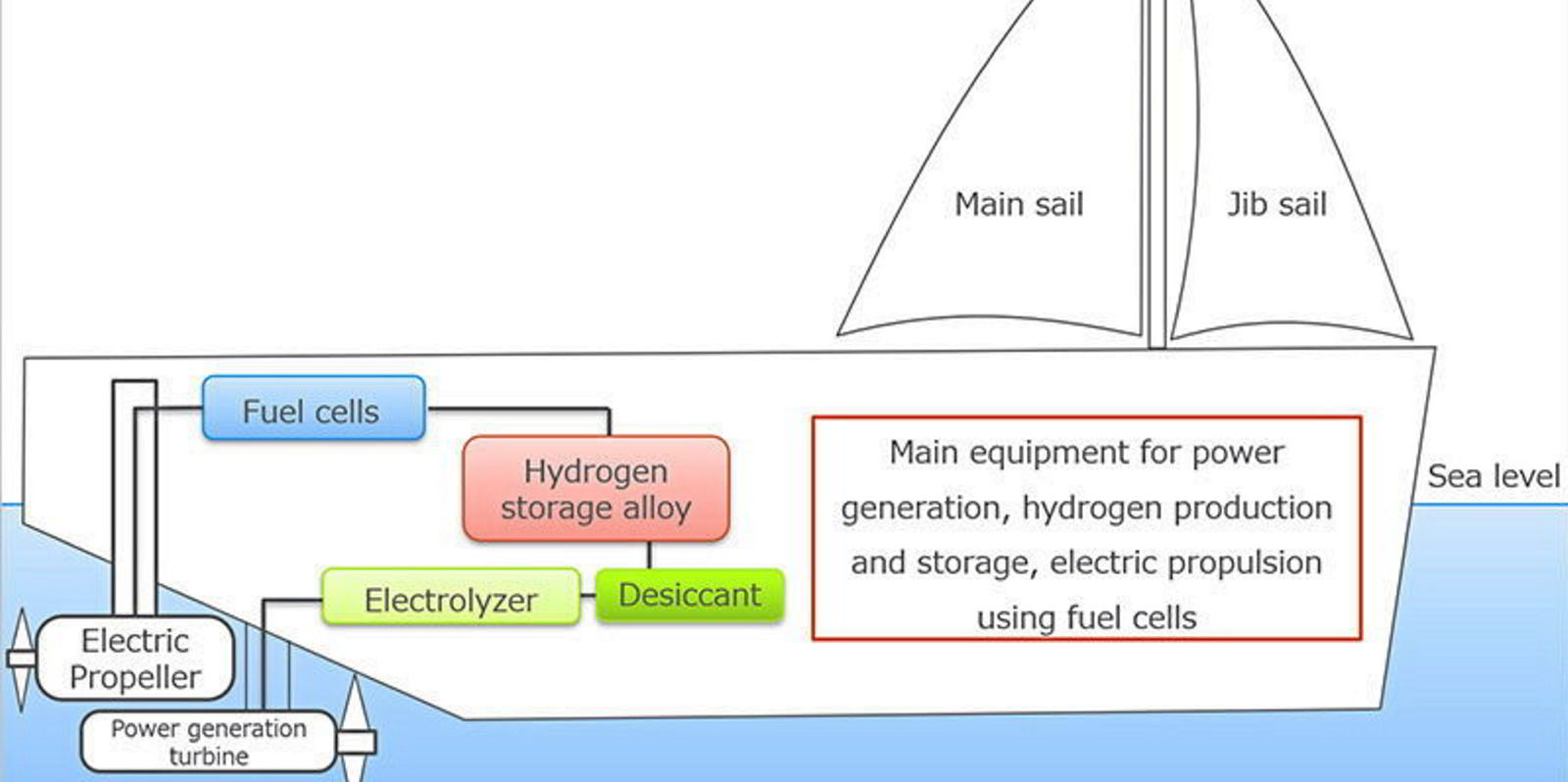Mitsui OSK Lines has joined the Wind Hunter Project zero-emissions initiative, which is seeking new applications to combine clean hydrogen fuel and wind power.
The move sees MOL Team up with a wide-ranging corporate-academic partnership that aims to combine wind propulsion technology and wind energy conversion to generate a stable supply of hydrogen for fuel cells.
It means the Japanese group has joined a growing band of shipping companies that have announced hydrogen and fuel cell system plans in the last few weeks.
The efforts include a DFDS and ABB plan to build a hydrogen-powered ro-ro producing 23 MW of power, Navig8 Group's agreement to develop a prototype vessel with Doosan Fuel Cell Co, and a Japanese public-private initiative to develop a commercial zero-emission ship within the next decade.
Last year, MOL set up the Wind Challenger project with Oshima Shipbuilding to design a hard sail system for a newbuilding that would reduce a bulk carrier’s greenhouse gas emissions by about 5% on a Japan-Australia voyage, and about 8% on Japan-North America West Coast voyage.
The new Wind Hunter Project will apply this sail technology and combine it with hydrogen carriers and fuel cells. The hydrogen will be generated by electrolysis, with the power for the process generated by a turbine.
MOL said: “This combination of sail and hydrogen technology will enable vessels to sail on schedule even in the periods of low wind, and the project team plans to study about the application of supplying hydrogen generated at sea for onshore use.”
The first step will be to demonstrate the feasibility of the concept using a sailing yacht and verifying the performance of a full cycle of operations from turbine power generation to hydrogen generation and storage and fuel cell-related propulsion.

After those tests, the project will set up a demonstration using a larger vessel.
The project group held its first meeting this month with other participants including Ouchi Ocean Consultant; the National Maritime Research Institute of the National Institute of Maritime, Port and Aviation Technology; Smart Design; Graduate School of Frontier Sciences of The University of Tokyo; West Japan Fluid Engineering Laboratory; ClassNK and Miraihene Planning.





